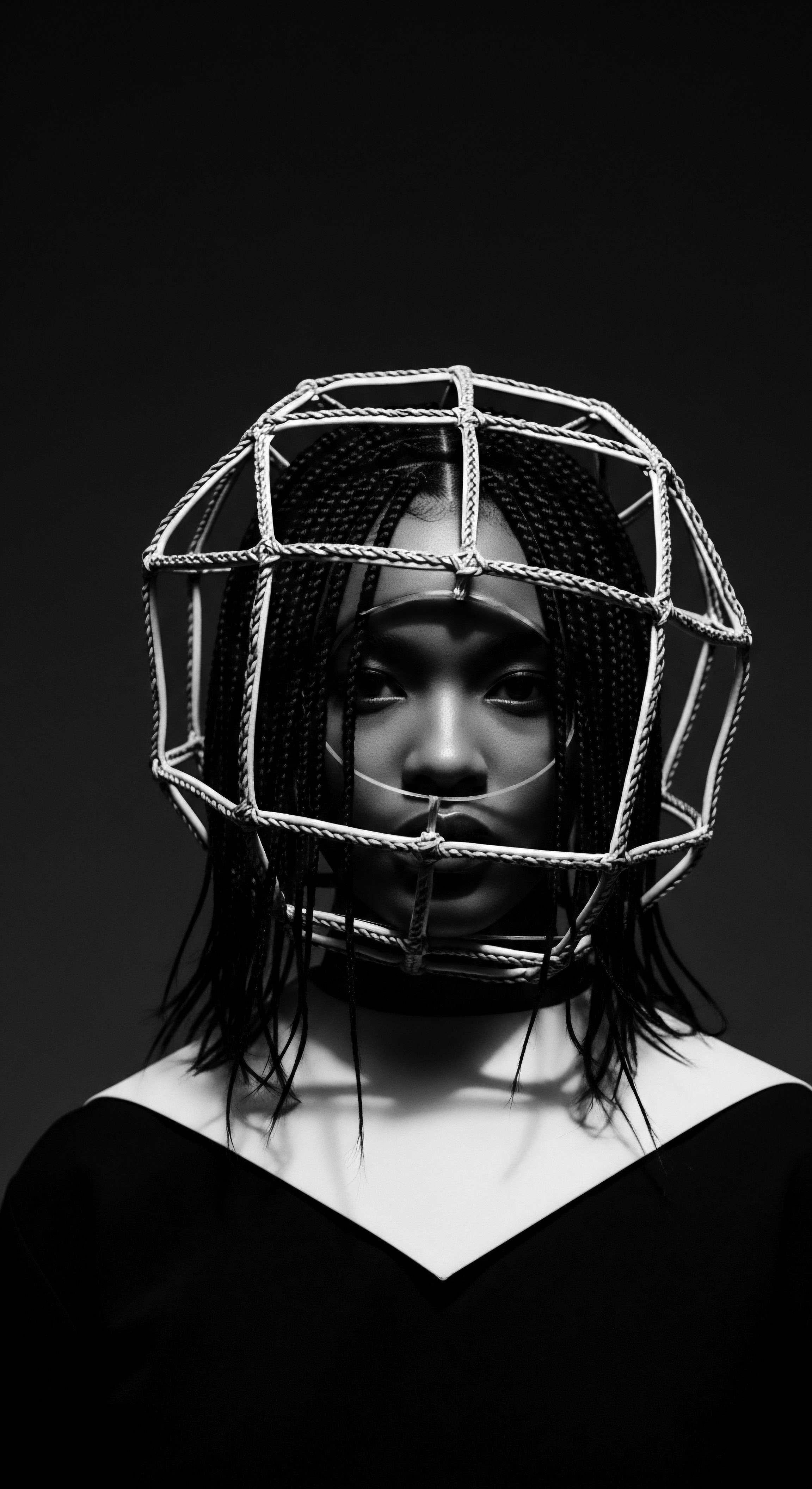
Do ancient protective styles still benefit textured hair today?
Ancient protective styles continue to shield textured hair from damage, preserving its heritage and promoting growth.

Why do historical protective styles align with textured hair biology?
Historical protective styles align with textured hair biology by minimizing damage, retaining moisture, and honoring ancestral wisdom.

How did Indigenous communities preserve textured hair health?
Indigenous communities preserved textured hair health through symbiotic relationships with nature, applying ancestral botanical wisdom to sustain robust strands.

How did protective styling historically shield textured hair from dryness?
Protective styling historically shielded textured hair from dryness by containing strands and using natural emollients, a heritage of ancestral wisdom.

What ancestral practices were key for textured hair preservation?
Ancestral practices preserved textured hair through protective styles, natural oils, and communal care, honoring its heritage and biology.

What ancient practices protected textured hair from breakage and dryness?
Ancient practices safeguarded textured hair from breakage and dryness through protective styling, natural oil applications, and communal care rituals.

Why do textured hair types require unique preservation?
Textured hair's unique preservation is crucial due to its delicate structure and deep connection to cultural heritage.

